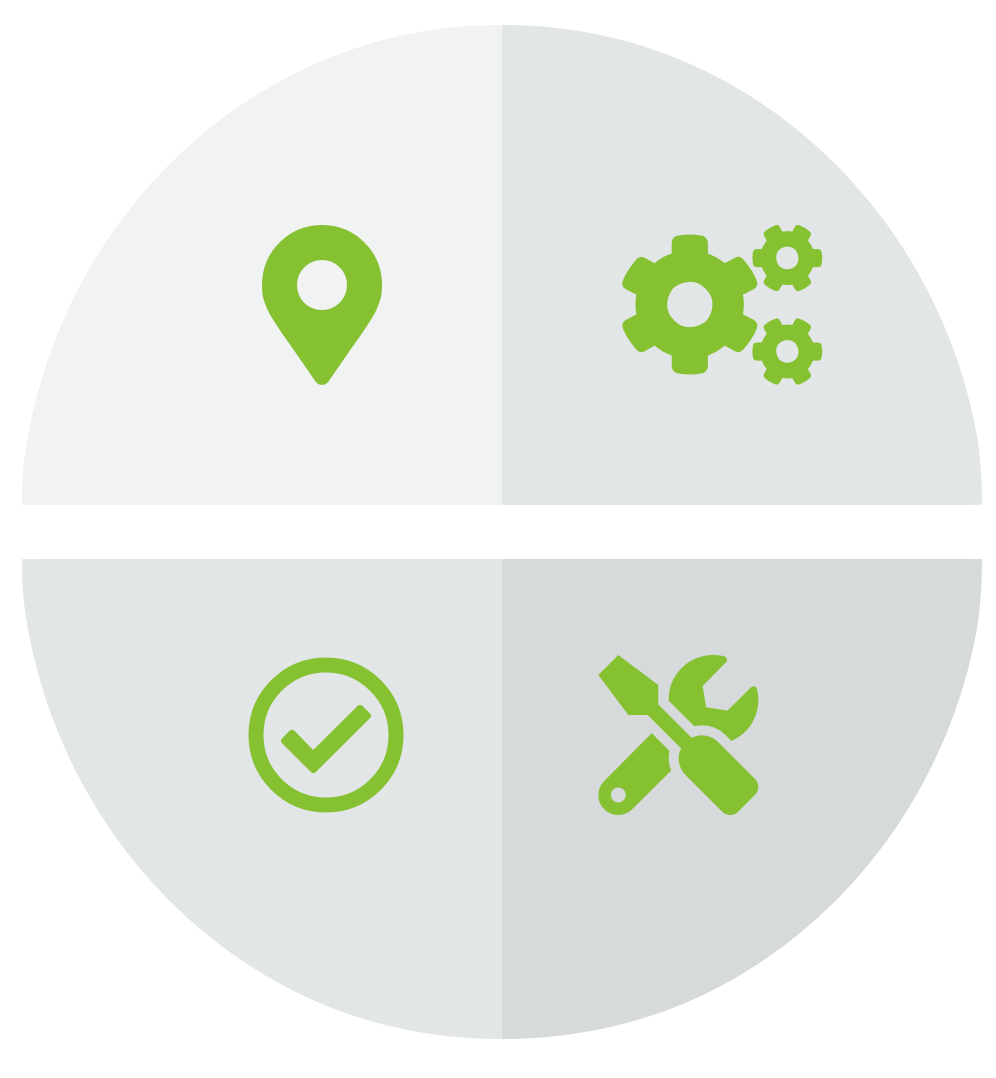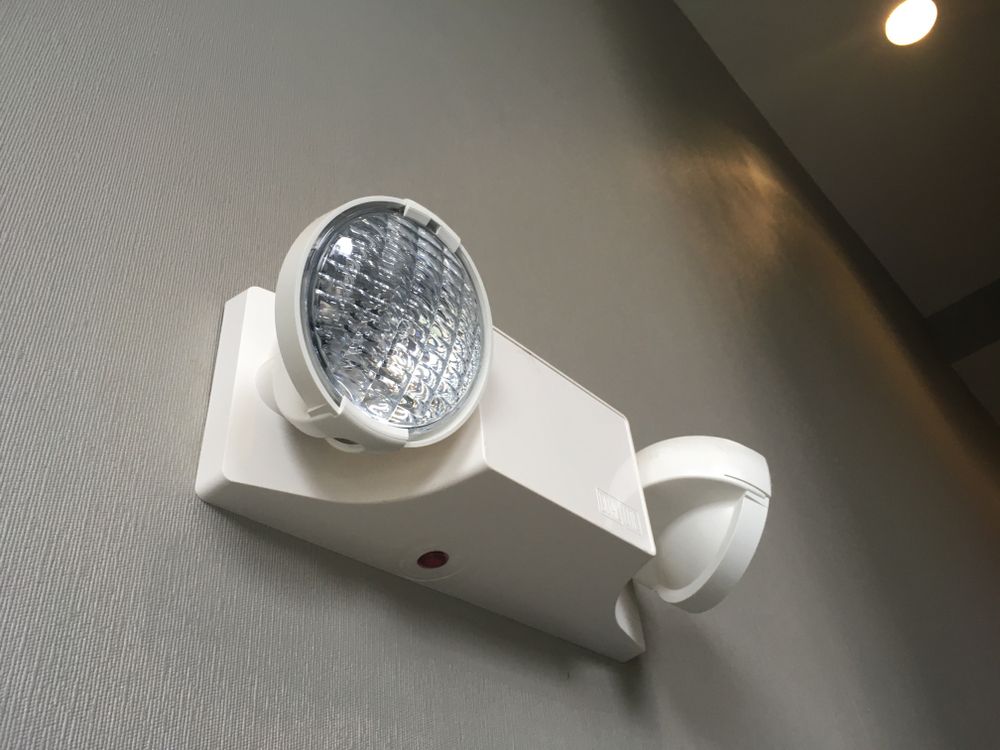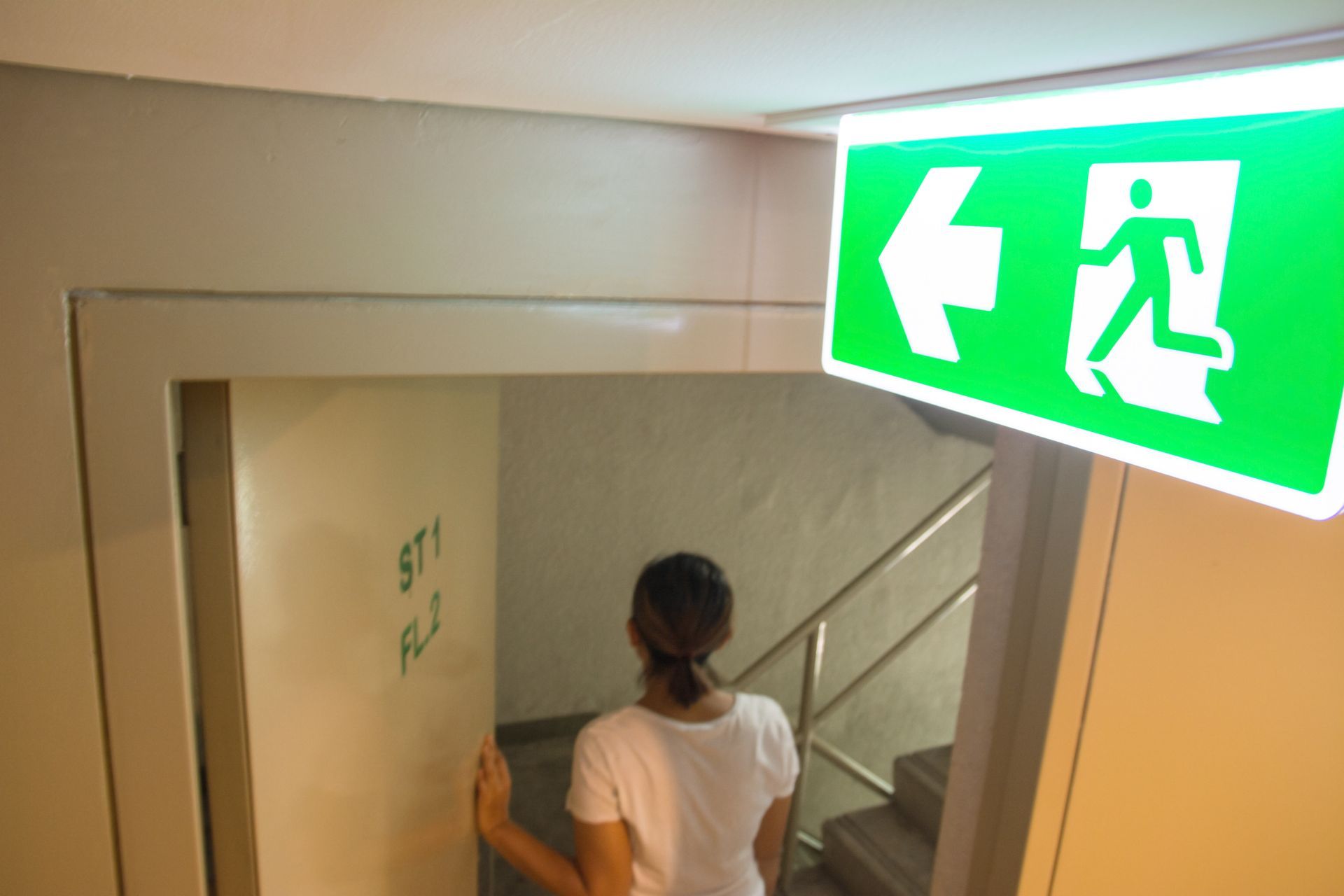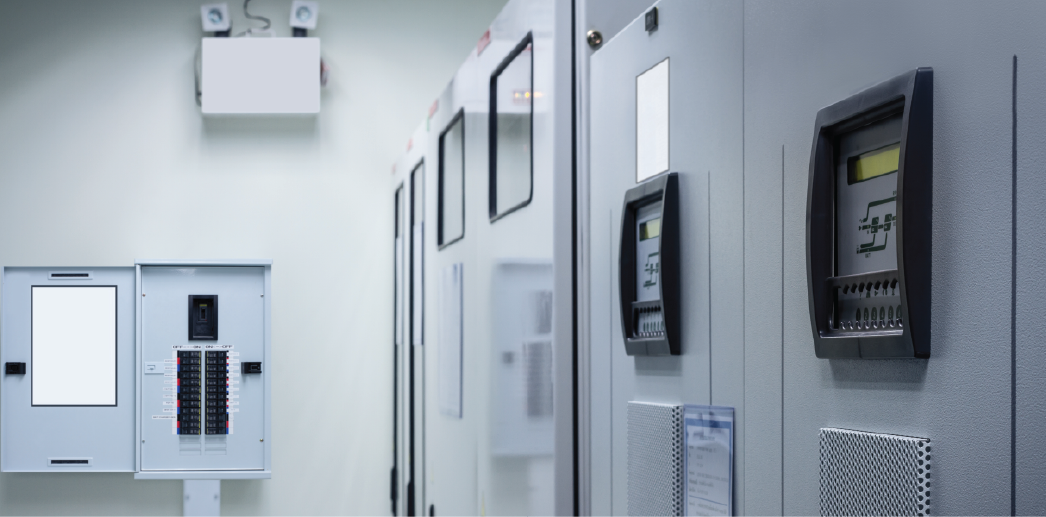Emergency Lighting Inverter System Maintenance
How Do I Maintain and Service My Lighting Inverter System?
To properly ensure the operation and extend the life of your lighting inverter system, annual service should be performed on both the lighting inverter components, as well as it’s full battery system. Inverters are an intricate combination of electrical components and batteries which provide Emergency Life Safety operation. It is critical that systems are tested not only for failed components, but also the performance and operation of the system.
Emergency lighting systems must work optimally in case the power goes out from natural disasters, emergencies, accidents, and other issues. Periodically, these systems need maintenance to ensure every component works efficiently. Lighting inverters convert the DC power from backup batteries to AC power for the lighting system. If the lighting inverter fails, it could cause the emergency lighting system to not work quickly when losing power.
Lighting Inverter System Maintenance
Central Lighting Inverter maintenance is an integral part of a system lifecycle. Due to the criticality of system operation, the high voltage internal buses, it must be performed by a Qualified Professional. Typically performed by an Uninterruptible Power System Technician such as those provided at FGC Services. The internal makeup of a Lighting Inverter system is very much similar to the makeup of a (UPS) Uninterruptible Power System. It has inverter components, electronics, battery bus, and battery string all interconnected.
Benefits of Lighting Inverter Systems
Long Term Maintenance Savings
A lighting inverter can control lights throughout the building while being located in a single centralized location. The inverter can also provide power to several different types of lighting systems, including LEDs, due to offering pure sine wave output. When it comes to maintenance, workers can test and perform repairs at the central location instead of going to each individual mounted lighting unit to use the push-to-test feature. This advantage helps save time and manpower, making testing and repairs simpler.
The backup batteries to power the lights are all located in one cabinet that is connected to the inverters. When a battery needs to be replaced, it can be done more easily versus having to go to each individual lighting system.
Automating Critical Requirements
After learning how to choose a size lighting inverter for your emergency lighting system, you are now able to automate all the lights in the building. This factor ensures that your lighting system stays in compliance with all safety standards requiring lighting to provide illumination bright enough for people to see emergency exit signage and make their way to exit doors. The inverters also turn on the emergency lights immediately and ensure that they provide a minimum of 90 minutes of illumination.
Certain advanced inverter systems also automate the testing and reporting process. The inverters will keep logs that can be easily accessed by the fire marshals and other safety authorities. These logs can ensure that systems are being tested periodically according to set schedules.
Foolproof Installation
After sizing a lighting inverter, qualified professional installers can quickly install and set up the system based on manufacturing specifications and instructions. They will connect the inverters to both the backup batteries located in the centralized cabinet and to all internal and external emergency lighting systems within the building.
If there is an issue with any of the wiring, the inverter system will not operate during the start-up diagnostics. These features ensure that all lighting will be operational and that both the emergency lighting and the backup batteries are protected from damage that may be caused by wiring mishaps.
Annual or Semi-Annual Maintenance of Central Lighting Inverters
For a critical system that houses sensitive electrical components and batteries, the system can be directly affected by it’s surrounding environment. Unlike UPS systems, Lighting Inverters are usually installed in an electrical room, basement, or small area which is not environmentally controlled. For these reasons, many factors can affect components, and should persuade managers to perform at least annual, if not semi-annual maintenance on the systems.
Factors Affecting Central Lighting Inverter Operations
Heat
Usually installed in “Facility” or “Electrical Room” environments, Lighting Inverters may not always be located in a temperature-controlled area. High temperatures quickly degrade batteries, contribute to electronic component shorting/failure, and affect the runtime (operational duration) of a battery under “high-heat” conditions.
Thermal runaway or just long periods of high heat affect a lighting inverter negatively. A regular load test on the batteries should be performed to ensure the operation of the lighting inverter system per Life Safety code requirements.
Moisture
Again, usually installed in “Facility” or “Electrical Room” environments, Lighting Inverters may not always be located in a humidity-controlled environment. If the Inverter system has a Nema 1 type enclosure, it will be exposed to the moisture in the room. This will degrade and affect the electrical components and potential operation of the system. Nema 3R enclosures are available but costly.
Most installations are Nema 1 enclosures located inside the facility. Therefore regular cleaning, testing and maintenance is recommended.
Dust
Also, usually installed in “Facility” or “Electrical Room” environments, Lighting Inverters may not always be located in a dust-free environment. If the Lighting Inverter has a Nema 1 type enclosure, it will be exposed to all aspects of dust in the room.
This will degrade and affect the electrical components and potential operation of the system. Regular cleaning and check of fans and filters is recommended.
Central Lighting Inverter Battery Replacements
A Central Lighting Inverter System battery string is usually made up of Valve Regulated Lead Acid Batteries (VRLA). A Central System will contain strings of 12 volt batteries, these strings will float the voltage at 380VDC or 480VDC with 30 or 40 battery cells. Therefore, a qualified trained battery technician is required to test the batteries in the lighting inverter system. Since a VRLA or AGM batteries have a typical life of 36-60 months depending on it’s environment and use, the batteries should be maintained by performing an annual load test on each battery. Single, faulty batteries inside a string of good batteries can degrade and pull the float voltage of the entire string down causing premature failure of the whole string. Therefore, identification of the faulty cell is paramount to avoid premature battery string replacements. In general, it is advised to have annual PM’s performed on the lighting inverter battery strings, if not semi-annual.
Lighting Inverter Service Checklist
Why Work with Lighting Inverter Systems?
Lighting Inverter Systems provides single-phase and three-phase inverters for a wide range of commercial industries including schools, apartment complexes, medical facilities, hotels, restaurants, and retail stores. We can show you how to choose a size lighting inverter as well as provide maintenance service plans that fit into your operations and budget. Contact us today to learn more about our lighting inverter systems.
Single Source Lighting Inverter Provider
Expert assistance from Technical Consultants assist in the selection process of your next Inverter System. Our team is available for Technical Review of specifications, Sizing assistance, Voltage selection, and Runtime Calculations.
Latest News
Stay up-to-date with Lighting Inverter's news and resources about the industry!
Request a Quote
Experienced Product Representatives are on hand to send you information and quotations for equipment. If you need help with sizing, installation planning, or general questions about product please fill in the appropriate form and someone will contact you shortly. You may also call 844-501-1887 to get a direct product representative.




